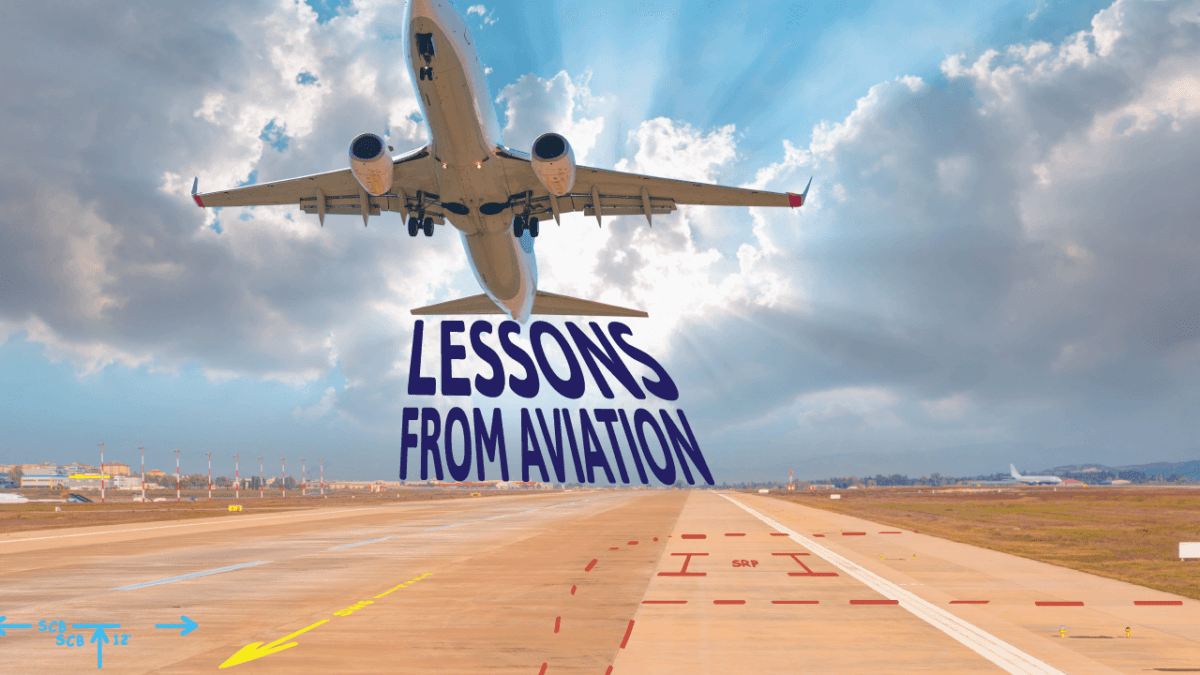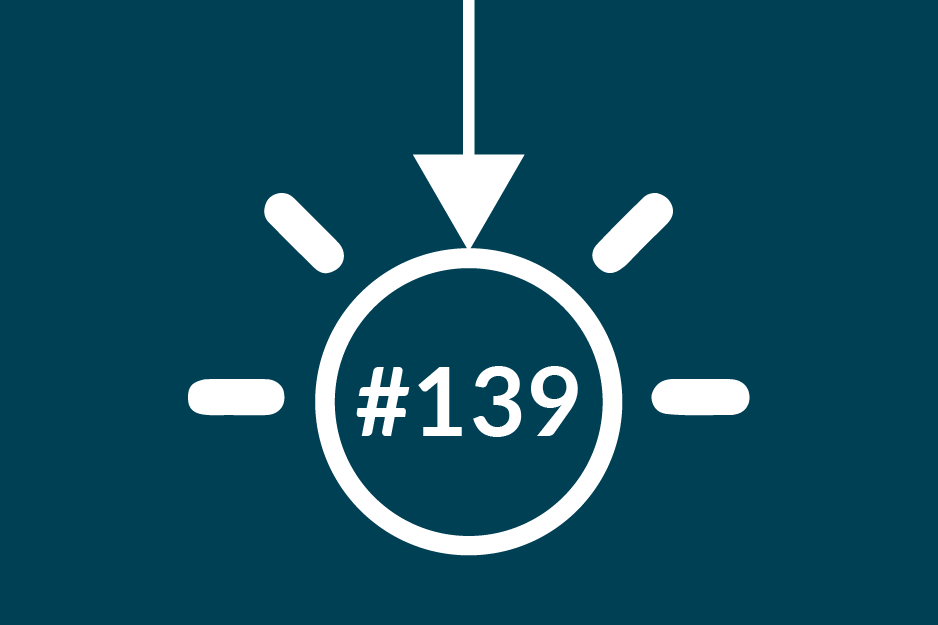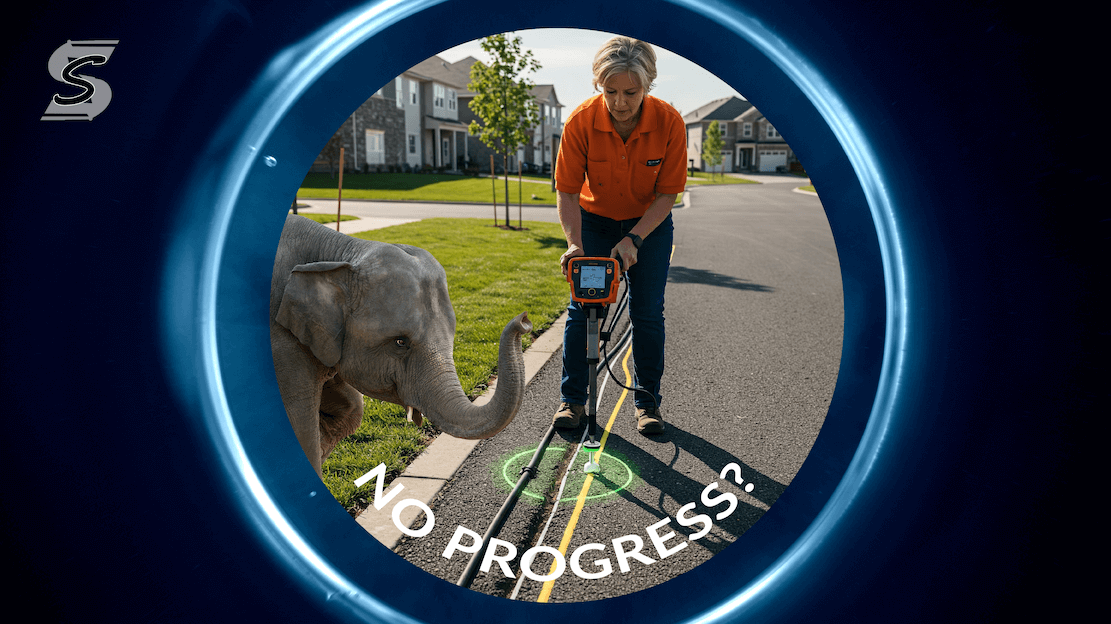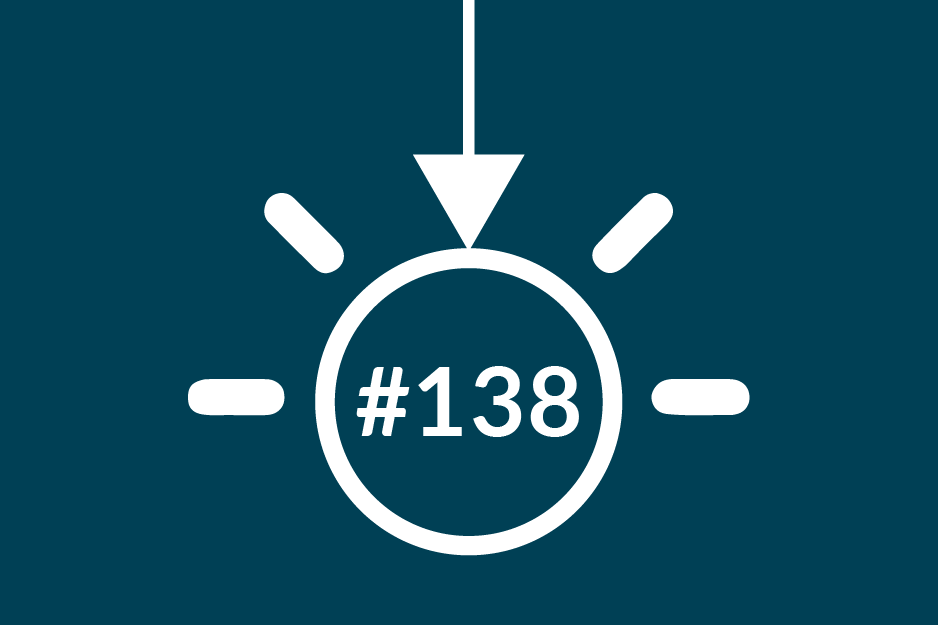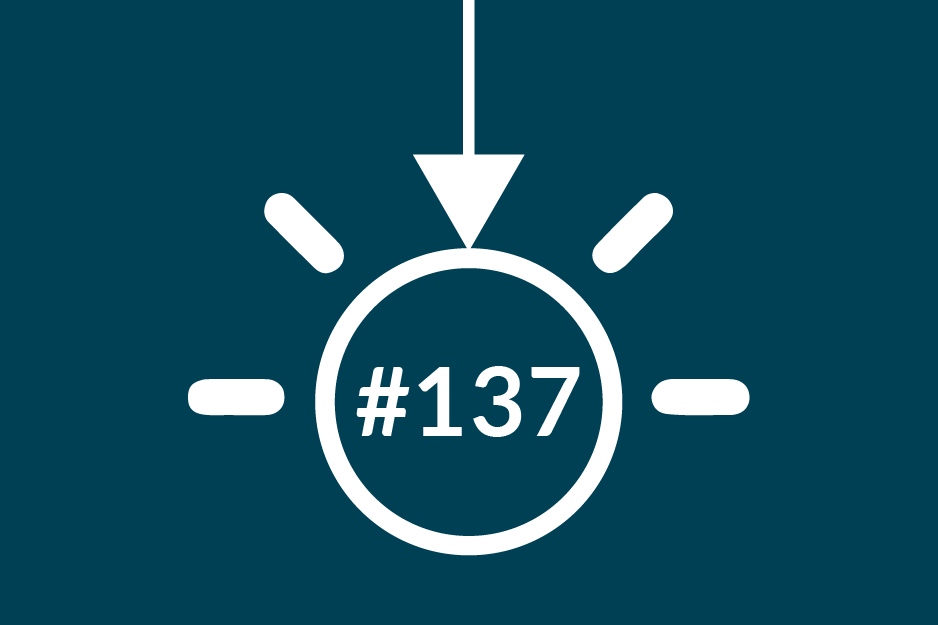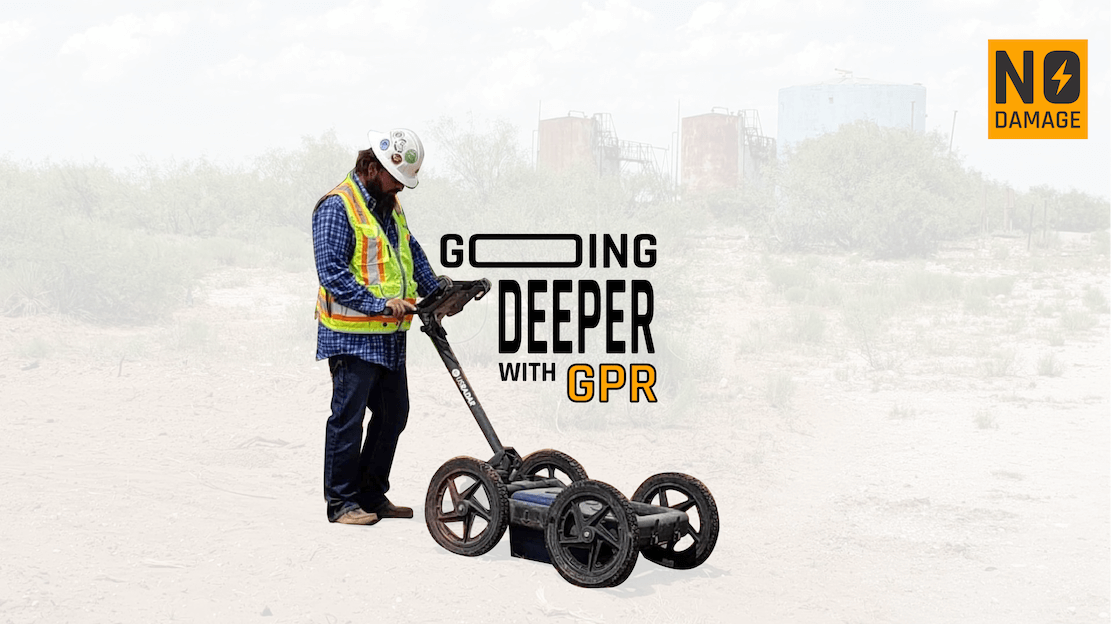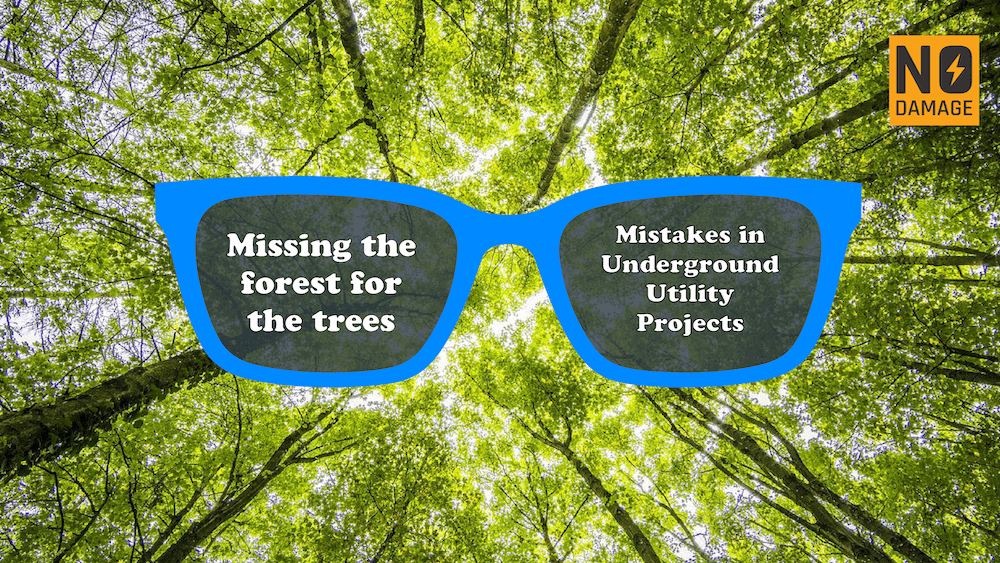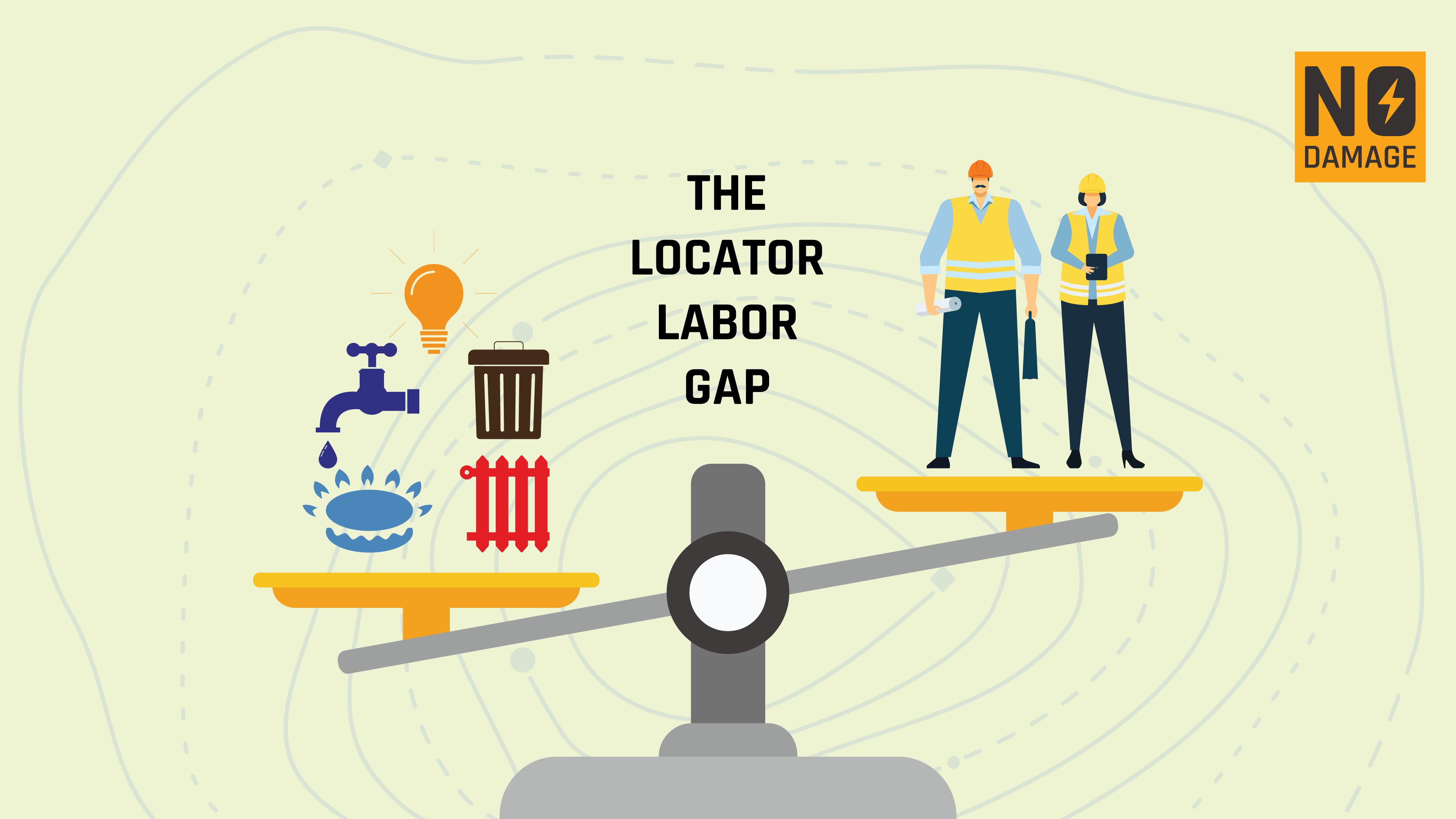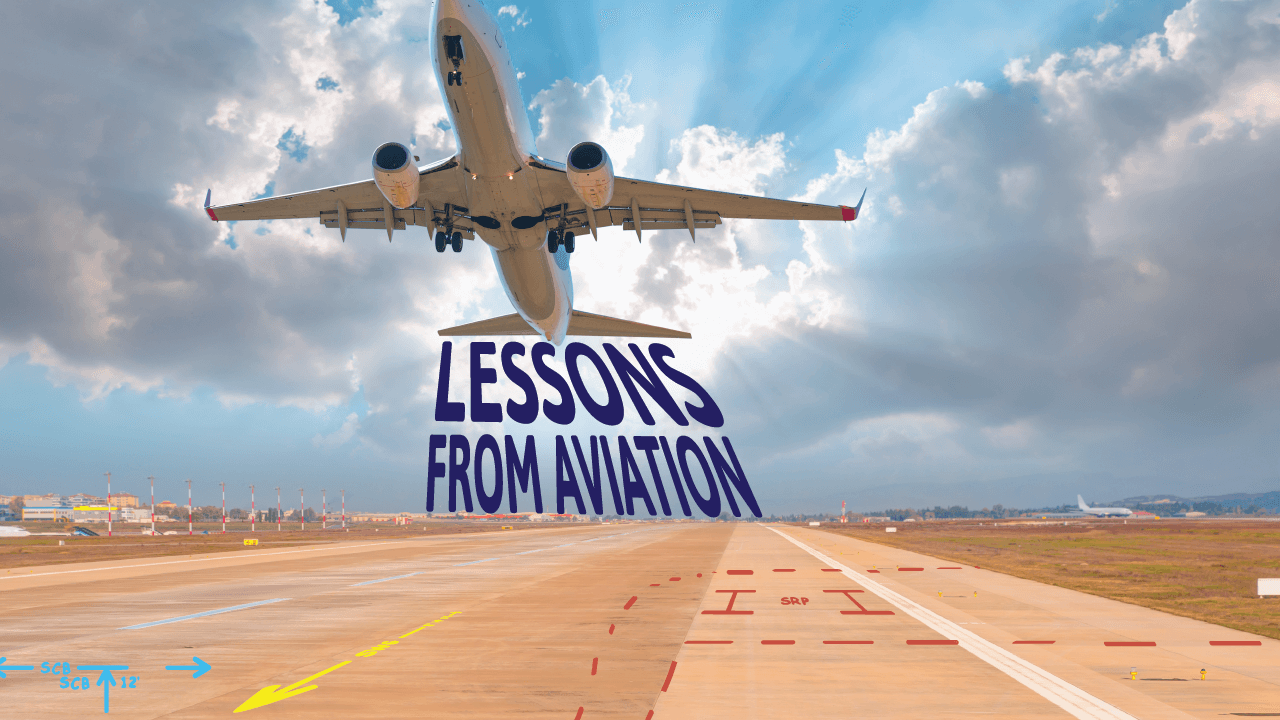
I was thinking the other day about how we can transfer skills between jobs and then I wondered how we could implement that mindset in damage prevention.
So instead of looking down, I looked up, and started thinking about the aviation industry. Both industries are risk averse and safety is a top priority in both so I thought maybe we could learn from them. I came up with the following parallels which the early aviation industry faced and the problems we're facing now:
-
Lack of standardization
-
Lack of communication
-
Lack of risk assessment
-
Need for more collaboration
I'll quickly outline how the aviation industry tackled these issues and what I think we can do as an industry to address them:
Standardization: The Key to Progress
Lack of standardization hinders the locating process, leading to inconsistencies, delays, and potential risks. Drawing from the aviation industry's experience, we can establish standardized practices, methodologies, and training for utility locating. A national framework of rules can define guidelines for locating techniques, depth determination, data interpretation, and reporting. Such standardization will ensure uniformity, accuracy, and reliability across the industry, empowering locators and contractors to perform their tasks efficiently and minimize risks. So we need a national conversation on training and dig laws to improve standardization.
Clear Communication: A Game-Changer
The aviation industry's adherence to standardized communication protocols and phraseology revolutionized its operations. It's high time we implement similar practices in utility locating. Bridging the communication gap between utility companies, contractors, locators, and regulatory bodies would be easier with better documentation and mapping. Minnesota has a pilot scheme for improved mapping and I think that's a valuable communication tool. With Utilocate we email excavators the locate package and now many won't dig unless they get it because they're now used to having more information. Clear communication will lead to fewer errors, enhanced collaboration, and streamlined operations, ultimately resulting in reduced incidents and improved productivity.
Risk Assessment: Prioritizing Protection
The introduction of Safety Management Systems (SMS) revolutionized the aviation industry's safety culture. Now it's time for utility locating to follow suit. We can use the historical data we have right now and serve up risk warning right in ticket management systems. We need more utility owners to share more data to help improve accuracy on this. By prioritizing safety, we can reduce damages and associated costs, ensuring the well-being of both workers and the communities they serve.
Collaborative Approach: Fostering Progress
The aviation industry's success story was built on collaboration. Many of us are already doing this but I think we need more openness and more awareness of each stakeholders responsibilities. The CGA is currently the best bet for national collaboration but we can also work locally within our communities and 811 areas to help each other. By sharing best practices, data, and lessons learned, we can drive continuous improvement and build a collective understanding of underground utility protection. Together, we can create a robust and supportive ecosystem that propels the industry forward.
The transformation of the aviation industry serves as a shining example of what can be achieved through standardized practices and a national framework of rules. By applying these principles to damage prevention, we can unlock the true potential of underground infrastructure management.
Share this Post

